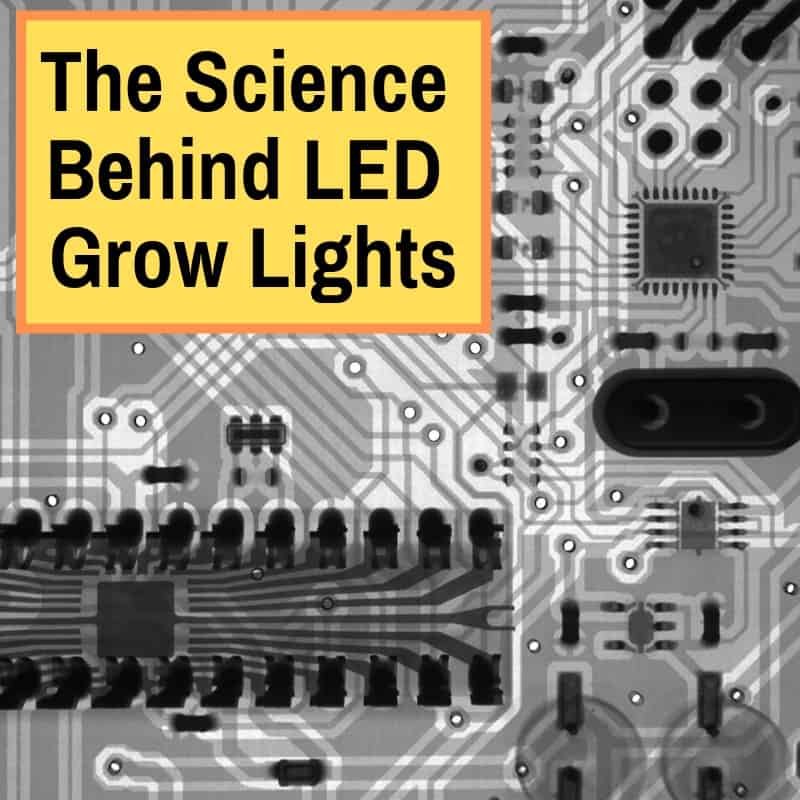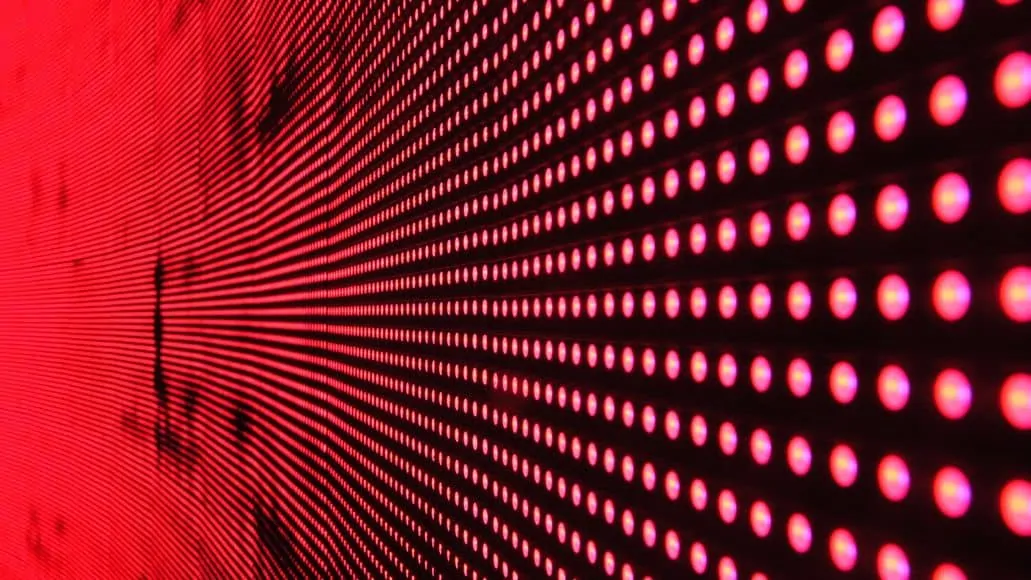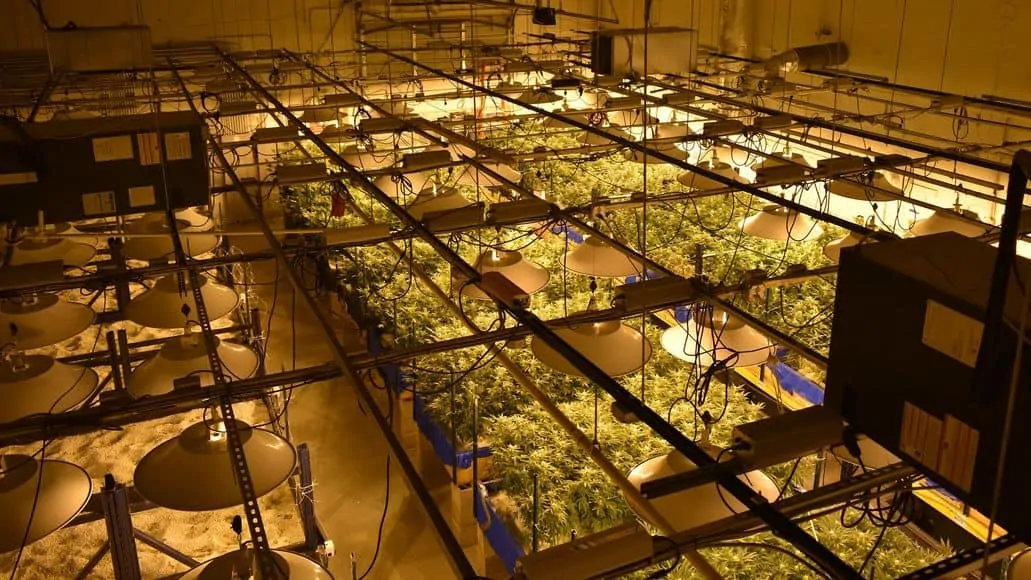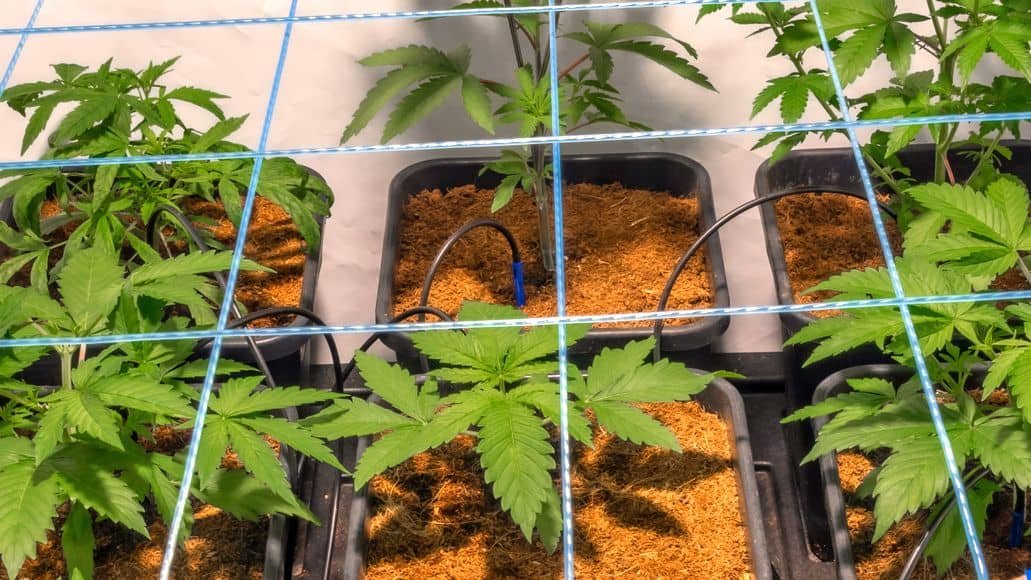
If you know how to grow outside, you can grow indoors as well.
But there are some key differences.
The main one being that you have complete control over your plants’ environment. In nature, the sun, the soil and the rain provide them with the required nourishment.
Indoors, you provide them with the required light and nutrients.
Our focus in this article is the light. The best way to provide the right light for your plants is with an LED grow light. Head here for a detailed look at how LED grow lights work.
We’ll examine LED lights in more detail, and after that, we’ll briefly cover growing indoors in general.
Contents
LED Grow Light Science
LED grow lights work similarly to traditional forms of lighting, like incandescent, fluorescent and high-intensity discharge (HID) lighting. All convert electricity into light energy.
The difference comes in the wavelength, or color, of that light.
While traditional lighting gives you different types of white light, which contains all colors of the spectrum, LED diodes emit a single color of light.
There are white LED, but most LED lights only use a few of those. The reason is that white light contains a lot of light in the yellow and green ranges. Plants do not need as much of this light.
Plants want mostly blue and red light and with LEDs, you can give them exactly what they want.
Many LED fixtures even give you the option to alter the makeup of the light they emit, so you can give your plants more blue light during the vegging stage and more red light during flowering. Again, this is exactly what they want.
The result is that you are not wasting electricity on wavelengths of light that your plants aren’t using. This is how LED grow lights save you money. They are basically a whole lot more efficient.
The absorption peak, the point on the light spectrum scale (i.e. the color) where plants absorb light most efficiently, lies between 650 and 670 nm. This light is red in color and is the most easily absorbed by plants.
This light is especially important during the later stages of growth (flowering or blooming). The measure generally used to indicate the amount of this light is PAR.
A secondary peak lies in the blue range. This light is especially desired for plant growth, i.e. the earlier stages of plant development (cloning, vegging and seeding).

Most studies have shown that the ideal balance between blue and red light is 92% red and 8% blue. This is why many LED fixtures emit a purple looking light.
In actuality, you’ll want to mix in the other colors in low quantities, since these colors are found in natural sunlight and plants do use them, albeit in smaller amounts.
Most people will want a grow light that has this mix of colors, but you can also get specialized lighting with only one color. These lights are useful to supplement an existing lighting solution.
For example, if you want to give your plants a boost during flowering, you could use an LED light with only red diodes and then hang it close enough to really jump-start yields.
Another nice thing about LED grow lights is that they do not need a separate ballast to manage the amount of current used. Everything you need is included in the fixture, unlike HID lighting, where you need a ballast and reflector, in addition to the bulb(s).
Read more about LED versus HID lighting here.
Indoor Gardening
Indoor plants
Most plants that grow outdoors can also be grown indoors. Whatever plant you decide to grow, you will need to know their light and nutritional needs.
There are whole books dedicated to growing various plants indoors and even more resources online, so you’ll be sure to find the info you need no matter the plant. Pay particular attention to the type (i.e. color) and amount of light they need.
Containers
Not much to say here. Any container that is large enough to give the roots room to grow is capable of holding your plant.
You can use plastic cups or earthen pots or anything in between. Whatever container you decide on, make sure it is clean and has a way to drain water away from the plant’s root system.
Lighting System
There are three main options when it comes to lighting: fluorescent, HID lighting and LED plant lights.
For small gardens, fluorescent lights are sufficient, but LEDs are preferable.
For large gardens, LED lights are the way to go (for more on LED vs, HID, read this article).
The top quality ones do cost more than HID lighting initially, but they pay for themselves within a year or two, due to significantly lower operating costs. And these days, you can get some excellent LED lights for pretty low prices.
Spider Farmer LEDs are a good example. Check out our review of their lights.
LED Grow Light Science: Final Thoughts
Indoor gardens are becoming more and more popular, especially in densely populated urban areas. Many people want to grow their own food, but they don’t have the space to do it outdoors. Growing indoors is the only solution.
Using grow lights allows them to not only grow indoors, but to also grow any type of plant year-round, regardless of the weather conditions. And LED grow lights allow them to do so much more efficiently and without the heat issues of traditional lighting. They can even help us grow cannabis in space in the future.
But gardening is not the only use for LED grow lights. Since many of them mimic the sun, they can stand in for the sun in other applications. Can you use led grow lights for reptiles or other animals than need sunlight? Maybe. It depends if the animal in question needs UVB light. LED does not provide the UVB spectrum.



Leave a Reply